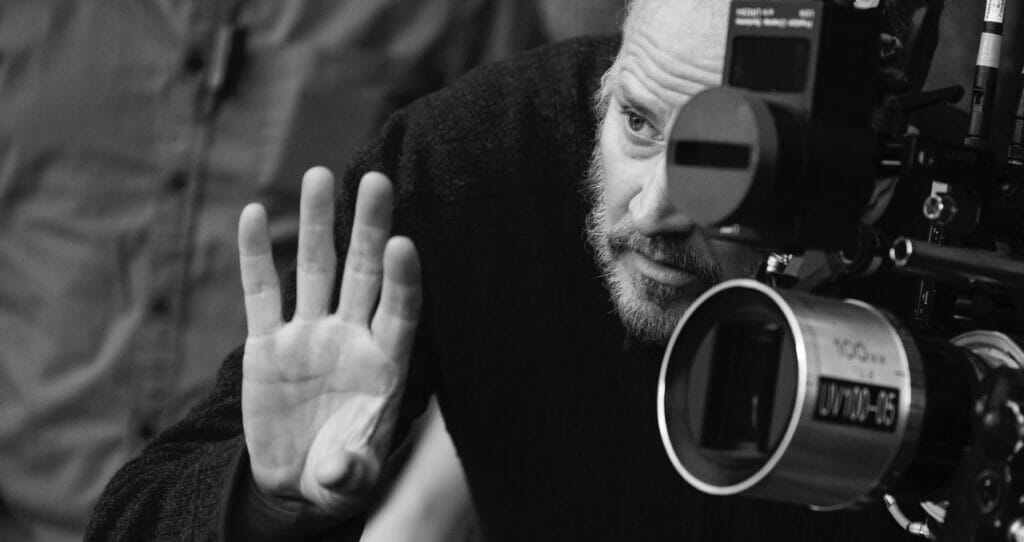
How did you start out your career as a cinematographer/camera operator? Was it always an ambition of yours to get into film making?
I always knew I wanted to get into film, but I wasn’t always sure that I wanted to work in the camera department. I got my first job in 1984 working for TVNZ working on a photocopy machine, and then after a year or so left to work on my first proper film set – Sylvia, which I loved. I then went offshore on an OE intending on going to London, but we got stuck in Sydney where I ended up working for 8 years. It was on a movie set on Easter Island where I met a Director who invited me to come to work with him in America, which is how I ended up living in the States for most of my career.
Can you explain a bit about the new technology that was incorporated in the filming of The Mandalorian that made it so unique?
Simply put, it’s walls and ceilings of LED panels which creates a perfect lighting environment where all of the actors are lit perfectly, but also a photographic background that you can shoot. It enables us to have a huge amount of flexibility in our shooting locations. Using this technology is efficient, and makes the post-production process a lot easier. From a production perspective, it’s super helpful.
Were there any challenging aspects of working on the Mandalorian?
There were two main challenges which were interrelated. Firstly, the Mandalorian character is basically dressed entirely in a mirrored reflective suit. This made it difficult to place the camera and lights, without being seen in the reflection. The new technology made this a lot easier. If we had been working with the traditional technology, a lot of CG work would have to be done on his costume as well as getting the right lighting and reflections.
The other challenge was that because the Mandalorian character was masked almost the whole time, we had to learn to convey emotion in a different way. There aren’t opportunities for the usual shows of emotion. Instead Pedro Pascal had to use really subtle body language, so we had to be careful with camera angles and lighting to be able to see that body language, however I think having Baby Yoda in the shots helped a lot.
Do you think being from New Zealand influences your work in any way?
I became highly aware of the subtle differences between the people and culture as I moved between New Zealand, Australia and the United States. You would think that, because as English speaking countries we are quite similar culturally, there wouldn’t be much need for adaptation, but there certainly are differences. I think, when working offshore, I became such an asset on set because of my candor which I think ultimately stems from my Kiwiness.
You recently won an Emmy for your work on The Mandalorian, how did it feel and was there anything about the process that surprised you?
Well, as you know, this year it was all online because of Covid-19 restrictions. While we were filming the Mandalorian, we were aware that we were making really great work. But I don’t think any of us anticipated the global reaction it would get. Personally, I was humbled and surprised with our nomination and subsequent win.
We know Covid-19 is continuing to have an impact. What do you think the future looks like for your industry?
It’s quite scary, if I’m honest. With large gatherings not allowed, the movie theatre experience is unable to happen. This is accelerating an already moving trend of fewer people watching movies in the theatre. I am hopeful though. When you look back at the Spanish Flu, there are a lot of similarities to now, and after the world recovered from that, they experienced the roaring 20s. I’m hopeful that within a year or so we’ll be able to experience our own roaring 20s.
The Mandalorian season 2 was just released on Disney +. What projects do you have coming up next?
I can’t talk much about them, but I’m working in Australia at the moment on Thor: Love and Thunder which I’ll be working on until the end of 2021. Then, I’ll just see what happens. Personally, my wife and I are hoping to move back to New Zealand next year.

 MENU
MENU






